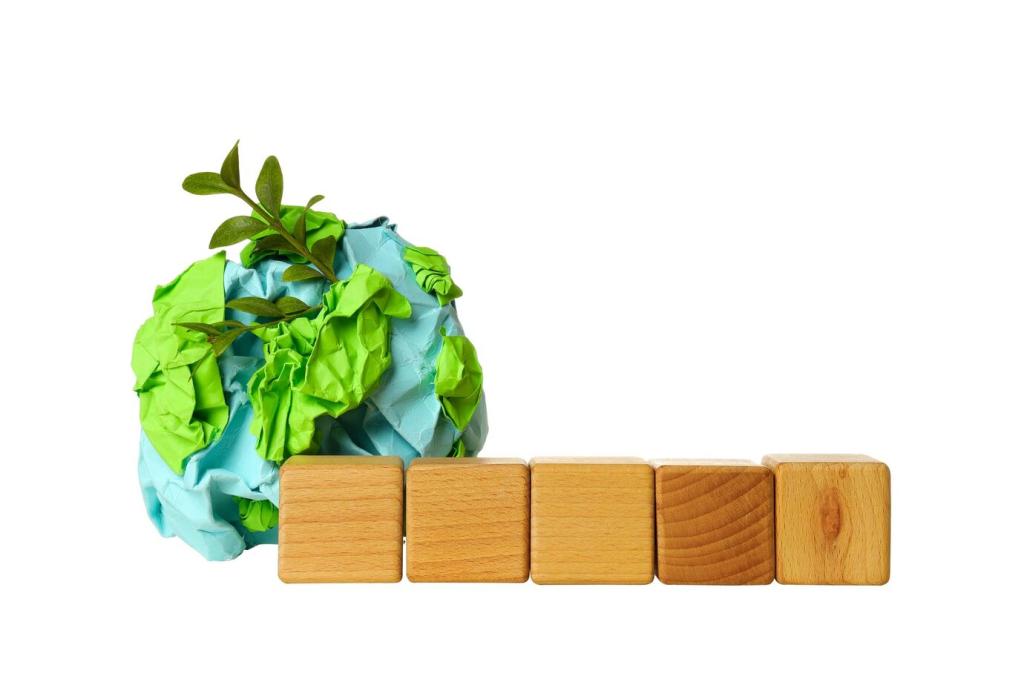Non-Toxic Cleaning and Care Recipes
Combine warm water, a teaspoon of mild castile soap, and a splash of vinegar for mineral-laden residue. Use a soft cloth with circular motions. Rinse lightly and air-dry in shade so wood and fabrics don’t expand, crack, or fade under harsh sun.
Non-Toxic Cleaning and Care Recipes
For small rust spots, dab white vinegar, let it sit, then buff gently with a plant-based scouring pad. Finish with a beeswax or microcrystalline wax layer. This slow method avoids abrasive grinding, saves coatings, and builds a subtle, protective sheen for winter.






